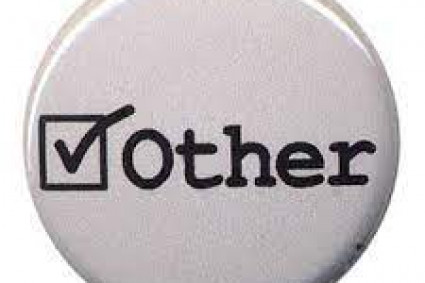
Introduction:
In an age where sustainability is more than a trend, ecological practices like embroidery permeate every aspect of our lives. Traditional embroidery techniques regularly include materials and methods that can be hazardous to the environment. Sustainable embroidery is more and more known for its focus and This blog explores several green embroidery techniques, emphasizes the importance of green practices and offers practical suggestions for incorporating sustainability into your sewing projects The Environmental Impact of Traditional Embroidery
Traditional embroidery can have a huge environmental footprint. From artificial threads and chemically treated fabrics to electromotive manufacturing processes, the traditional approach to embroidery regularly involves unsustainable practices. The main environmental concerns are:
Synthetic Fibers: Many embroidery threads are made from polyester or other synthetic materials derived from petroleum. These fibers are non-biodegradable and contribute to microplastic pollution.
Chemical Dyes: Traditional dyes can contain toxic chemicals that can harm the environment and human health. The dyeing system also consumes a significant amount of water.
Energy Consumption: The manufacture of embroidery materials and the use of machines in mass production consume a large amount of electricity, which increases the emission of carbon dioxide.
Using Eco-Friendly Embroidery Materials
To make your embroidery more sustainable, consider using eco-friendly materials. Here are some options:
Organic Cotton: Organic cotton is grown without artificial pesticides and fertilizers, making it a more environmentally friendly choice. It is also biodegradable and requires much less water than traditional cotton.
Bamboo Yarns: Bamboo is a particularly renewable resource that grows quickly without the use of pesticides. Bamboo fibers are smooth, durable and biodegradable.
Recycled Threads: Some companies offer threads made from recycled materials such as plastic bottles or recycled fabric scraps. These threads help reduce waste and reduce the need for brand new raw materials.
Natural Dyes: Using vegetable dyes or other natural dyes can significantly reduce the environmental impact of your embroidery. Natural dyes are regularly non-toxic and biodegradable.
Sustainable Embroidery Techniques
In addition to choosing green materials, using sustainable embroidery techniques can reduce your environmental footprint. Here are some practices to consider:
Hand embroidery requires no strength and can be a meditative, low-impact method of creating stunning designs. It also allows for better materials and waste management.
Recycle and Recycle: Use old clothes, fabric scraps or used appliances as a base for your embroidery projects. This not only reduces waste, but also gives new life to otherwise discarded materials.
Conscious Consumption: Buy only the materials you want and look for exceptional, durable items that will last. Avoid overbuying and consider sharing or bartering materials with other crafters.
Zero-Waste Practices: Collect and reuse scraps of yarn and scraps of fabric in projects of destiny. Small pieces can be used as patches or as accents in large designs.
Advantages of Eco-Friendly Embroidery
Adopting sustainable embroidery has many advantages for reducing environmental impact. These include:
A Healthier Creative Environment: Using plant-based and non-toxic materials creates a safer and healthier environment for you and those around you.
Supporting Ethical Brands: By choosing eco-friendly products, you help companies that prioritize sustainability and ethical production practices.
Unique and Personalized Designs: Recycled and recycled materials regularly have precise structures and colors that allow you to create unique designs that stand out from the crowd.
Link to Tradition: Many sustainable practices, such as hand embroidery and herbal dyeing, connect us to traditional techniques and cultural heritage, fostering a deeper appreciation of craftsmanship.
Tips For Starting Your Sustainable Embroidery Journey
Ready to start your sustainable embroidery journey? Here are some suggestions to get you started:
Research and Educate Yourself: Learn about the environmental effects of different substances and strategies. Many online resources and communities are dedicated to sustainable crafts.
Start Small: Start with small initiatives to experiment with eco-friendly materials and techniques. This way you can improve your skills and find the one that suits you best.
Connect with Like-Minded People: Join sustainable online forums, social media or nearby golf equipment groups. Sharing thoughts and learnings can be inspiring and motivating.
Be Open to Innovation: sustainable embroidery is constantly evolving. Stay up to date with new substances, tools and strategies to help you further reduce your environmental footprint.
Conclusion
Sustainability in sewing is more than just a trend — it is a commitment to preserve our planet for future generations. By choosing eco-friendly materials, implementing sustainable strategies and promoting a conscious approach to sourcing, you can achieve quality impact through your embroidery initiatives. Embrace the glory of sustainable embroidery and become part of a growing network of artisans dedicated to greening arenas one stitch at a time.





